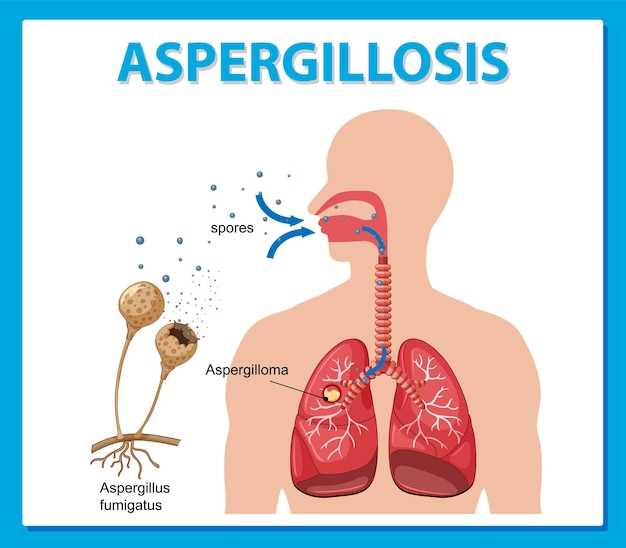
Azithromycin is a powerful antibiotic that is commonly used to treat a variety of bacterial infections. But did you know that it can also be effective in combating Lyme disease?
If you or a loved one is suffering from Lyme disease, consider the benefits of Azithromycin as part of your treatment plan. With its proven track record in fighting bacterial infections, Azithromycin may be the solution you’ve been looking for.
Don’t let Lyme disease hold you back any longer. Talk to your healthcare provider today about the potential benefits of Azithromycin and take control of your health.
What is Azithromycin
Azithromycin is an antibiotic medication that belongs to a class of drugs known as macrolides. It is commonly used to treat a variety of bacterial infections, including respiratory tract infections, skin infections, ear infections, and sexually transmitted diseases.
Azithromycin works by stopping the growth of bacteria and is effective against a wide range of bacteria. It is often prescribed as a first-line treatment due to its broad spectrum of activity and relatively few side effects.
Azithromycin is available in various forms, including tablets, capsules, and oral suspension. It is typically taken orally, either with or without food, depending on the specific instructions provided by the healthcare provider. It is important to complete the full course of treatment as prescribed to ensure the infection is completely cleared.
Overall, Azithromycin is a well-tolerated and effective antibiotic that is widely used in clinical practice for the treatment of bacterial infections.
Lymes Disease Overview

Lyme disease is an infectious disease caused by the bacterium Borrelia burgdorferi. It is transmitted to humans through the bite of infected black-legged ticks. The disease is most commonly found in wooded or grassy areas where these ticks are prevalent. Lyme disease can cause a range of symptoms, including fever, fatigue, headache, and a characteristic rash called erythema migrans.
If left untreated, Lyme disease can spread to the joints, heart, and nervous system, leading to more serious complications. Diagnosis of Lyme disease is based on symptoms, physical findings, and the possibility of exposure to infected ticks. Treatment usually involves antibiotics, with Azithromycin being one of the commonly prescribed medications for this condition.
Symptoms and Diagnosis
Lyme disease is a bacterial infection transmitted to humans through the bite of infected black-legged ticks. The early symptoms of Lyme disease may include fever, headache, fatigue, and a characteristic skin rash called erythema migrans. If left untreated, the infection can spread to joints, the heart, and the nervous system.
The diagnosis of Lyme disease is often based on symptoms, physical findings, and the possibility of exposure to infected ticks. Laboratory tests can help confirm the diagnosis. These may include enzyme-linked immunosorbent assay (ELISA) and Western blot tests to detect antibodies to the bacteria that cause Lyme disease.
| Symptoms | Diagnosis |
|---|---|
| Fever, headache, fatigue, skin rash | Based on symptoms and physical findings |
| Joint pain, neurological problems | Laboratory tests, ELISA, Western blot |
Treatment with Azithromycin
Azithromycin is an antibiotic medication that is commonly used to treat Lyme disease. It works by stopping the growth of bacteria that cause the infection. Azithromycin is often prescribed to patients with Lyme disease because it is effective in treating the symptoms and preventing the infection from spreading.
When used as a treatment for Lyme disease, Azithromycin is typically taken for a specific period of time, as prescribed by a healthcare provider. It is important to follow the prescribed dosage and instructions for taking the medication to ensure its effectiveness.
Benefits of Azithromycin for Lyme Disease
The benefits of using Azithromycin for Lyme disease include its ability to reduce the symptoms of the infection, such as rash, fever, and joint pain. It also helps to prevent the infection from causing more serious complications if left untreated.
It is important to note that Azithromycin may not be suitable for everyone, and it is important to consult with a doctor before starting treatment with this medication.
Benefits and Effectiveness
Azithromycin is a highly effective antibiotic that is commonly used to treat a variety of bacterial infections, including lyme disease. It works by inhibiting the growth of bacteria and is particularly effective against the bacteria that cause lyme disease.
Some of the key benefits of using Azithromycin for lyme disease treatment include:
- Effective in treating the infection and reducing symptoms
- Convenient dosing regimen with once daily dosing
- Well-tolerated with few side effects
- Can be used in both children and adults
Azithromycin has been shown to be a highly effective and safe treatment option for lyme disease, providing patients with rapid relief from symptoms and helping to clear the infection.
How to Take Azithromycin
When taking Azithromycin for Lyme disease, it is important to follow your healthcare provider’s instructions carefully. The medication is usually taken orally, with or without food, once a day. It is important to take the full course of treatment prescribed by your doctor, even if you start to feel better before you finish the medication.
Make sure to take Azithromycin at the same time each day to maintain a consistent level of the drug in your body. Do not skip doses or double up on doses to make up for a missed one. If you miss a dose, take it as soon as you remember, but do not take two doses at once.
It is important not to crush, chew, or break the Azithromycin tablets. Swallow them whole with a full glass of water. If you have trouble swallowing tablets, talk to your healthcare provider about alternative formulations of the medication.
How to Take Azithromycin
When taking Azithromycin, it is important to follow the prescribed dosage and directions provided by your healthcare provider for the full course of treatment.
1. Azithromycin can be taken with or without food. However, it is recommended to take it at the same time each day to maintain a consistent level of the medication in your system.
2. Swallow the tablet whole with a full glass of water. Do not crush, chew, or break the tablet before swallowing.
Important tips:

- Do not skip any doses and complete the full course of treatment, even if you start feeling better before finishing the medication.
- If you miss a dose, take it as soon as you remember. However, if it is almost time for your next dose, skip the missed dose and continue with your regular dosing schedule.
3. It is important not to take Azithromycin with antacids that contain aluminum or magnesium within 2 hours before or after taking the medication, as it may reduce the effectiveness of the drug.
4. If you experience any severe side effects or allergic reactions while taking Azithromycin, seek medical attention immediately.
Possible Side Effects
While Azithromycin is generally well-tolerated, like any medication, it can cause side effects in some individuals. Some of the possible side effects of Azithromycin may include:
- Nausea
- Diarrhea
- Abdominal pain
- Vomiting
- Headache
If you experience any severe or persistent side effects while taking Azithromycin, it is important to contact your healthcare provider immediately. They can provide guidance on how to manage these side effects or adjust your treatment plan if necessary.
